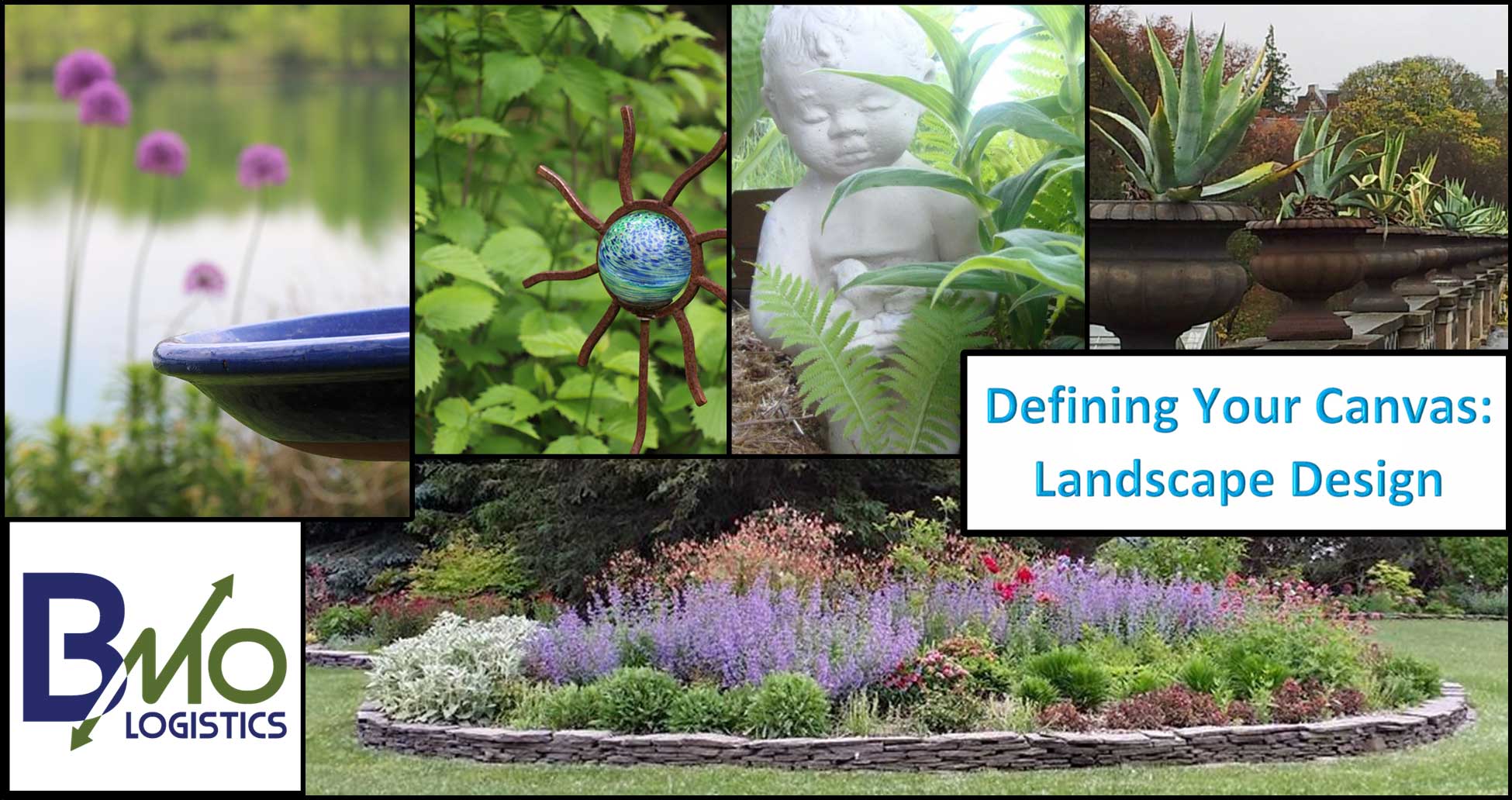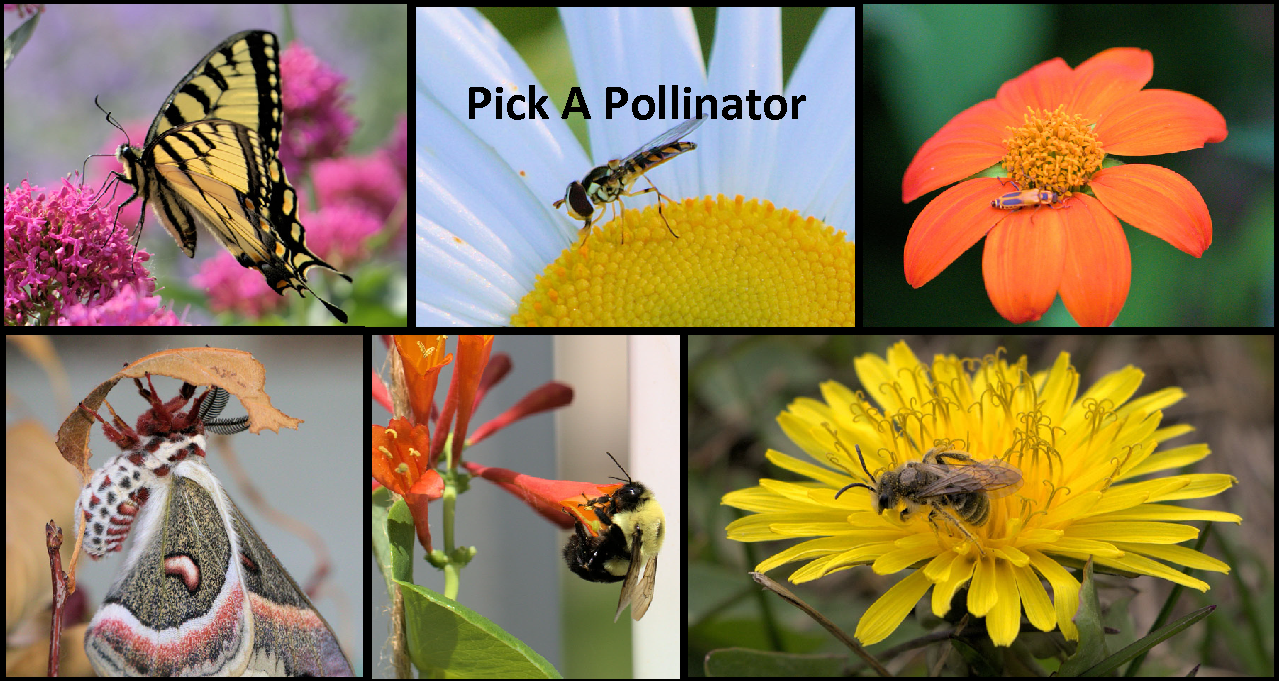The Best Garden is Next Year’s Garden
Did your last garden fall short of your expectations? Interested in improving your existing garden? Adding a new garden? Let’s discuss what you can do to make some improvements or create a new garden. Learn how to make your dream garden a reality. Watch as a new garden was installed. What should you consider when planning a garden? We will browse some plants with Right Plant, Right Place. No matter the season, it isn’t too late to do something to start thinking about your next garden.
Magical Monarchs
Monarchs are the most recognizable butterflies around. Their numbers have declined by 90% over the past 2 decades, and they need our help. Join us to learn about their annual migration, lifecycle, what you can do to help them, how to create a habitat, and how to rear them. Available as either a 1 hour or 1 ½ hour presentation. Further information on rearing is provided in the longer program.
LIVE SPECIMENS: Based on seasonal availability
MONARCH SHOP: Butterfly rearing supplies, including habitats; Monarch books; Monarch themed items; Milkweed based on seasonal availability. Payments processed via Square
Beckoning Butterflies
Children of all ages delight in flight of a butterfly! Do you enjoy seeing butterflies flittering about your yard? Have you wondered how to bring more of these winged jewels to your yard? Learn about the butterflies we can see in our area and how you can attract them to your gardens.
Naturally Native!
Native plants have been all the rage recently. So, what’s the buzz all about? What is a native? A nativar? What is the difference? Is one better than the other? Why are some of the plants my grandparents grew considered exotic? Should a garden be 100% native? Join us to explore more about Michigan native plants and why we want to grow them.

Defining Your Canvas: Landscape Design
Join us as we explore the art of landscape design. Discover how to evaluate your site for your personal wants and needs while utilizing principles and elements of design. What are some things you need to consider when planning your design? What opportunities and limitations does your site pose? Scale, balance, line, color and texture are just a few topics we will delve into. Don’t roll the dice on your landscaping. Learn how to invest your time in creating an aesthetically pleasing design that is practical for you and your site.
OPTIONAL: Extra time may be added at the end of this program for attendees to work on their own designs.

Pick a Pollinator!
We all love to love honey, but did you know that pollinators are more than just honey bees? Who else pollinates flowers? What food requires pollination? When you pick any one pollinator to focus on, they all win! Let’s explore which pollinators like which plants as well as how and why we should create pollinator habitats.

Practical Pruning
Help, I inherited a poorly pruned plant! Now what? What tools do I need for which pruning job? What different types of pruning is there? Is there a right way and a wrong way to prune? Can I prune anything anytime I want to? Feeling overwhelmed with pruning info? Let’s walk through the many options out there and narrow it down to what you will realistically do in your garden.
OPTIONAL: Hand’s-on demo on-site, based on site owner’s approval.
The Certifiable Gardener
So often our neighbors, friends and family may not understand what we are doing in our yard or
garden. They may perceive our lovely gardens as ‘messy or unkept’ when we leave plant material up
during the Winter months. How do we convey to them what we are doing? Signage! Learn about
some of the various garden certifications, their requirements and how to apply.
Rain, Rain, Don’t Go Away
Rainwater is typically managed via storm drains or ditches that transfers the unfiltered water directly
to our creeks, rivers and lakes. Along the way, the rain picks up various pollutants, trash, excess
fertilizer from lawns, sidewalks and streets. This causes watershed issues for aquatic species as
well as communities who utilize this water for drinking water. Learn how to create a rain garden in
your yard to protect the watershed. Why should I have a rain garden? What is one? What are the
benefits? How does it function? How large should it be? Join us to be inspired to create a rain
garden in your yard!
Raising Butterflies
Are you interested in observing the complete metamorphosis of a butterfly?
What is involved in raising butterflies from eggs and caterpillar?
What challenges may you run into?
When and where do you even look to find an egg or caterpillar?
Why is this something you may be interested in?
Join us to learn how to be successful with this educational experience!
Winter Sowing – Yes, you can garden in Winter!
What is Winter Sowing? Have you been wanting to try your hand at starting plants from seeds, but hesitate to? Is the cost of lighting, shelving, seed starting mix and trays holding you back? This program will walk you through the basics of Winter Sowing and help you gain confidence to set out on your own.
In person programs can be done as a make/take workshop:
Please bring with you: Container, tape, scissors, sharp implement, seeds – see details below
Container: Use what you have on hand. Essentially, you need ‘something’ that will hold approximately 3”-4” of potting mix and ideally allows for a few inches of growth above the soil line; can have drainage holes put in it; allows for snow and rain to get inside of it.
Check your recycle bins: milk, water, vinegar jugs; juice, soda bottles; large plastic ice cream tubs; deli, bakery, take out containers; re-used plastic 1 gallon zip bags; foil pans/lids
Wide tape: Duct, packaging, painters
Scissors
Sharp implement: to make holes (can be scissors if they are pointed)
Seeds of your choice, perennial works best at this time; Some native seeds will be on hand
Optional: paper towel and/or toilet paper tubes if using more than 1 type of seeds in a container
Michigan Invasive Species
What makes a species ‘invasive’? Who do I tell if I find one? How do I get rid of it and why would I want to? Let’s explore some of the more common invasive species that you are likely to encounter in your home garden.
Naturally Natives for Butterflies and Moths
Our native butterflies and Moths have evolved over time along with our native plant species. They use native plants to lay their eggs on – native plants feed our native insects. Naturally, you’d see more of our butterflies and moths if you plant native plants. But, which native plants are host plants? What should you be planting for which species? Learn about native plants, nativars, invasive species as well as the why and how to plant natives. Take a look at some of the butterflies you can attract with native plants. Be inspired!
Gardening Tips
New to gardening? Been at it for a while but struggling with some of the processes and the details? Join us as we dive into soil, water, light, plant choice and pruning! Gain the confidence and knowledge to manage your garden.



